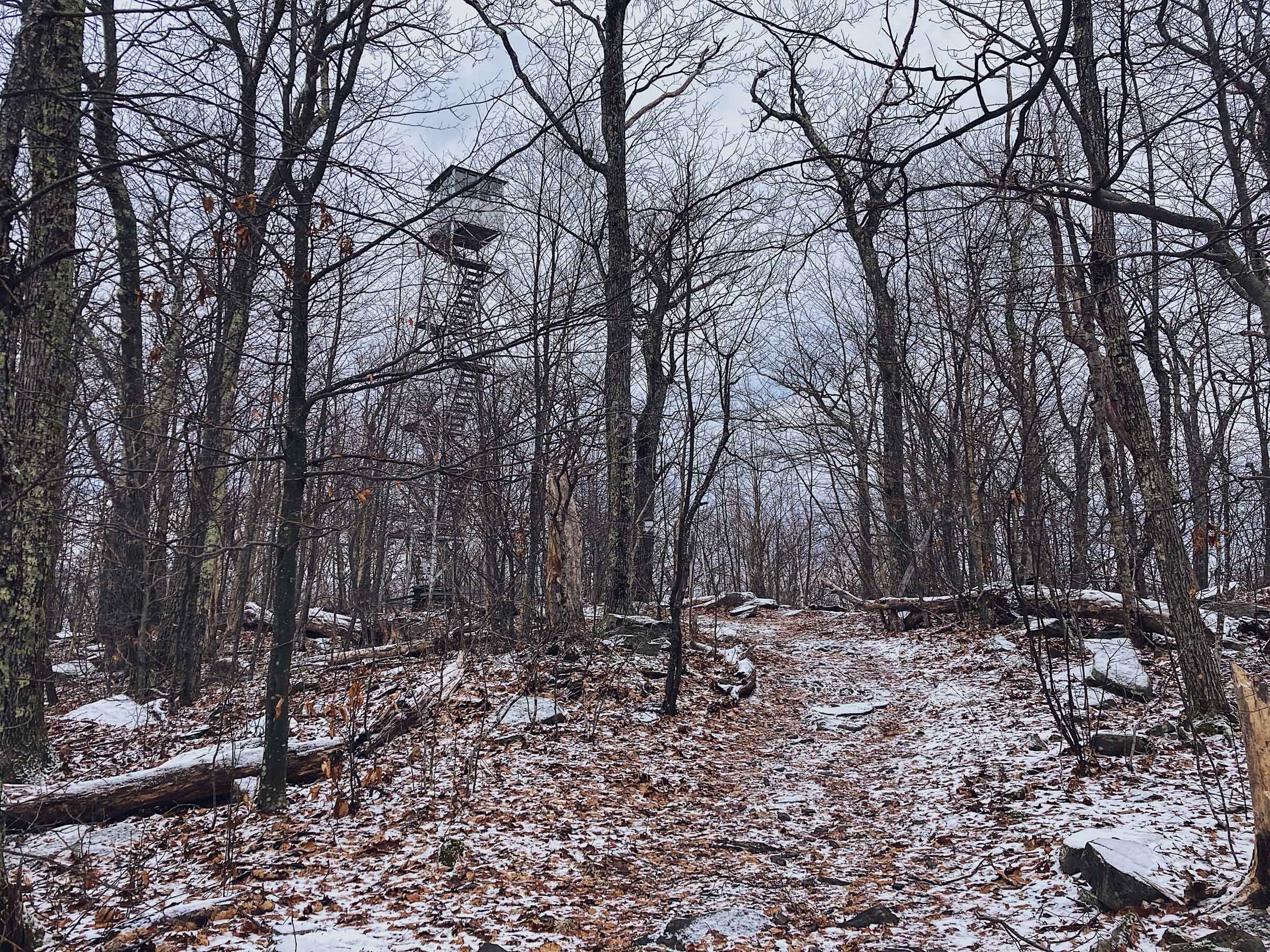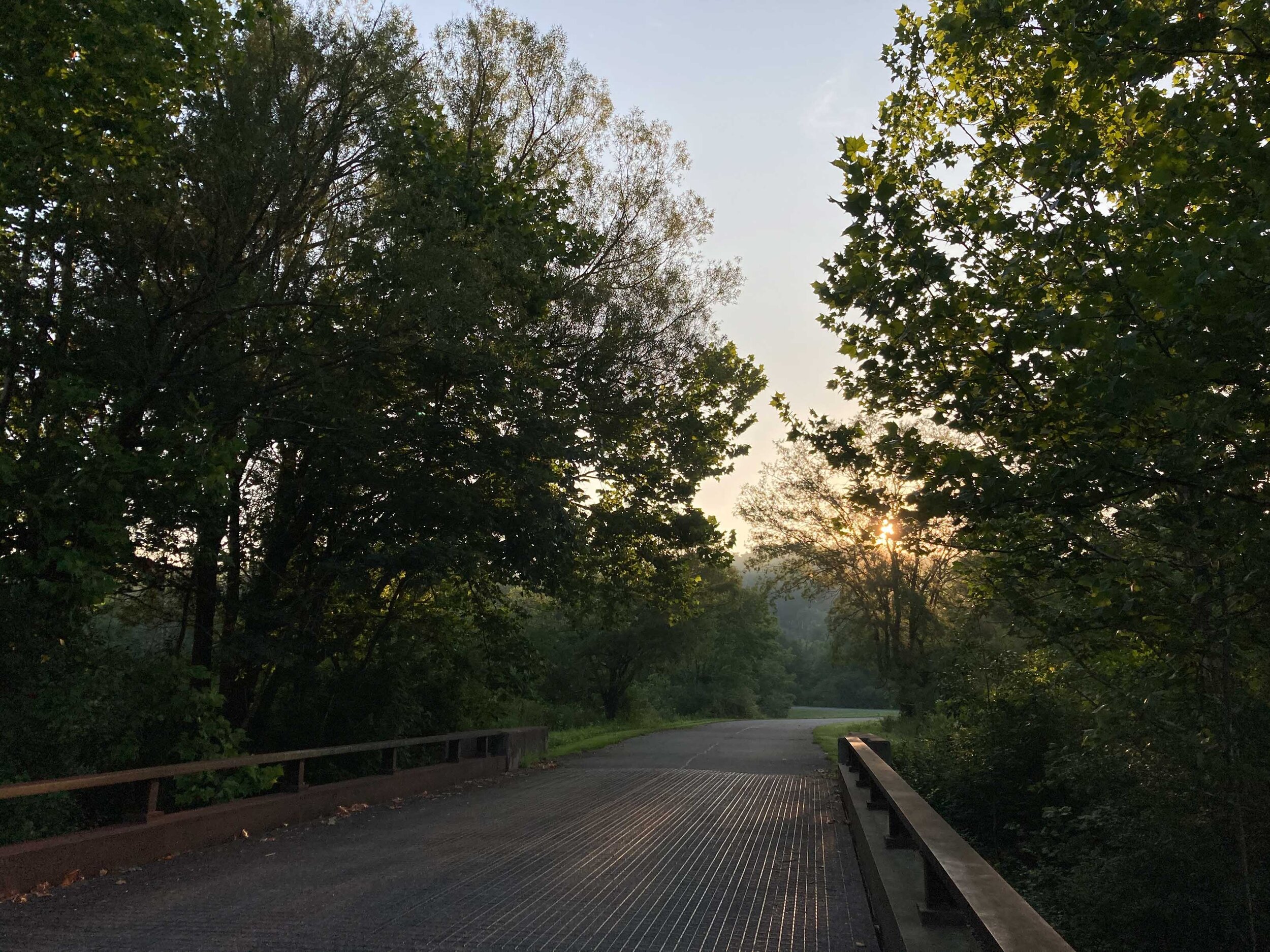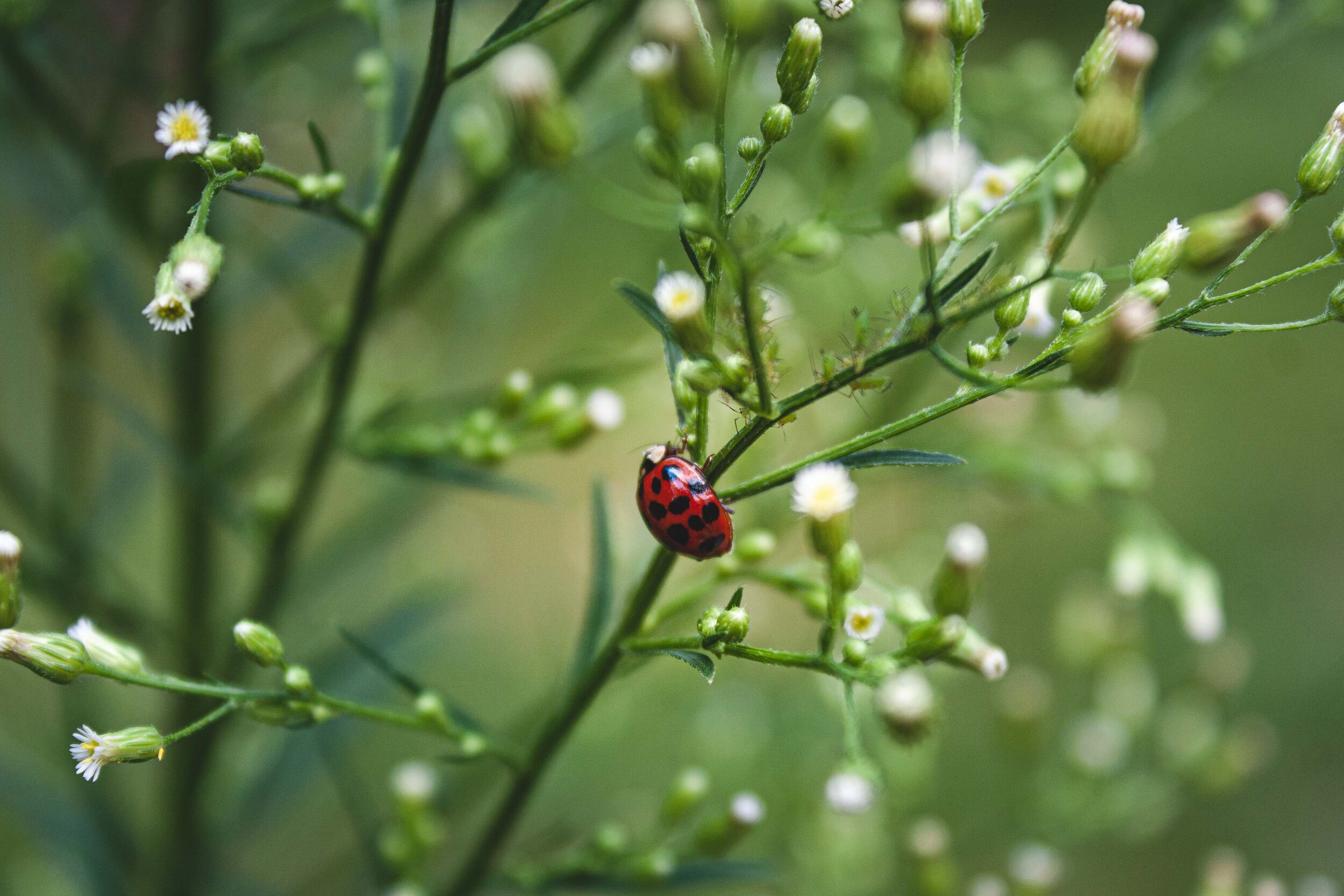Wednesday Thoughts
News Hours and Science related Articles
Our alarm clock in the bedroom is the radio, cellphones are banned in there. We listen to the local NPR station, WNYC, which is a good way to wake up, you usually get riled up, but other times it can be depressing. Other than that that I get updates from Huffington Post, New York Times, Washington Post, and CNN. I get other updates too, from sources like the Atlantic, Science Magazine, Wired among a lot of others. I don’t read these sources everyday, I would never have time. Sometimes Facebook spits out article after article, and on top of that my friends share article after article. Most of my friends are science oriented, so the articles that pop up are articles that gear towards nature and climate, but of course articles about all of the worlds problems. Instead I save articles, save them on Facebook, save them in my bookmarks, because maybe later today i will have time to read them. I could probably read article after article for several years now. Most of the times they will be saved and forgotten. At one point I thought about sharing what I had read or heard on the radio, but then I forgot about that too. But here we are and I was thinking about sharing some of the news I have read and heard about these past couple of weeks, maybe there will be an even older article too.
Tetanus. You probably didn’t miss this story, the story about the 6 year old boy from Oregon who got tetanus after he fell and got a cut on his forehead at the family farm. I guess I never quite understood what tetanus mean in reality, even though the Swedish word for it gives it away, stiff cramp. This 6 year old boy had not been vaccinated for tetanus, this is something that the doctor usually give you anyway when you come in to the hospital if they suspect you might be at risk for tetanus, and haven’t received a booster. It is rare that people aren’t vaccinated against tetanus, even though there are a growing number of individuals who choose to not vaccinate their kids against anything. The parents took care of the cut at home, and it wasn’t until six days later he actually arrived at the hospital. This boy had to spend a total of 57 days in the hospital. He had to stay a large portion of those days in a dark room with earplugs and with little to no stimulation, in order to decrease the cramps that light and noise would trigger. The hospital bill came out to about 800,000$. I think the worst part about this story is that even though this boy had to stay 57 days in the hospital and recovery, with brutal muscle spasms fighting for his life, the parents still chose to not go through with the whole series of vaccinations. Which mean that the boy still is not immune to tetanus and can get it again. You can read more about for instance here.
Measles. While we are on the subject of vaccination, we might as well go into the story of the measles outbreak in the US. Unlike tetanus, you will get immune to measles, if you obtain measles, well if you survive. The current measles outbreak in New York is centered in Williamsburg, Brooklyn, where 158 people have been sickened, out of which 137 are children. If you google measles outbreak in the US, you will find plenty of years before this year where the US had a measles outbreak. One additional factor that is fueling the measles outbreak, here in New York, is an ultra-orthodox hotline which is serving as a hub for mothers resistant to vaccinating their kids. You can hear an excerpt of the hotline from this link. It is thought that the measles outbreak in Brooklyn, New York stems from travelers visiting Israel where measles are currently on the rise. This is again a story about people being against vaccination, the so called anti-vaxxers. Even though there is nothing that ties anti-vaccination to the orthodox religion in itself, it is thought that maybe this hotline, as I mentioned above, is one of the main reasons? Did you know that the World Health Organization has put Vaccine Hesitancy on the list of Ten Threats to Global Health in 2019?
“Illusion of explanatory depth” - Why Facts Don’t Change our Minds. I think it was after Trump got elected and all of the following events that I stumbled on to this article. It covers a couple of psychological studies, from across the country. What they all conclude is that humans often refuse to accept other peoples opinions or ideas, something that probably dates back to the cave age, or the evolutionary theory of “the fittest will survive”. At the same time we are relying on other peoples knowledge in our every day life, to the point that it is hard to understand where one person’s knowledge starts and another person’s knowledge comes in. The result of this is that people think they know more, than what they actually do. I think it is a fitting article to share after the two previous points about tetanus and measles. You can read the full article here.
“Florida Shuffle” - How Rehab Recruiters are exploiting Drug Addicts. I heard a crazy story on the radio, which I later googled and found an article about from last year (2018), and then the Mother Jones article they talked about on the radio. I am pretty sure no one has missed the opioid crisis currently going on in the US. The latest in the crisis are “patient brokers” that recruit addicts from the street, from anonymous narcotics, even from rehabs themselves, to go to specific rehabs (as long as they have insurance that will cover the stay). These brokers will pay them money to go to a specific rehab, and then keep paying the addict to continue to stay. Once the rehab is over the addict has money to buy more drugs. This “patient broker” would even pay for the drug addicts stay at hotels and provide drugs in between stays at different rehabs, since you have to have some type of drug in your system to be admitted to a rehab. These brokers are often themselves current or former drug users. This is of course an organized insurance fraud, a fraud by the rehabs themselves filling up otherwise empty beds and rooms. The money they earn on the addicts insurance is partially used to pay the brokers.
White House Economic Team interns. Who knows how these interns made the list and who wrote up the list of the interns, but here they are, from the Economic Report of the President, p 624:
Steve Rogers (a.k.a. Captain America)
Peter Parker (Spider-Man)
Bruce Wayne (Batman)
Aunt May (Peter Parker’s guardian)
J. T. Hutt (a superfan abbreviation for Jabba the Hutt, the “Star Wars” gangster who hangs a frozen Han Solo on his wall)
John Cleese
Kathryn Janeway (a “Star Trek” captain)
John Snow (or should it be Jon Snow?)


















































